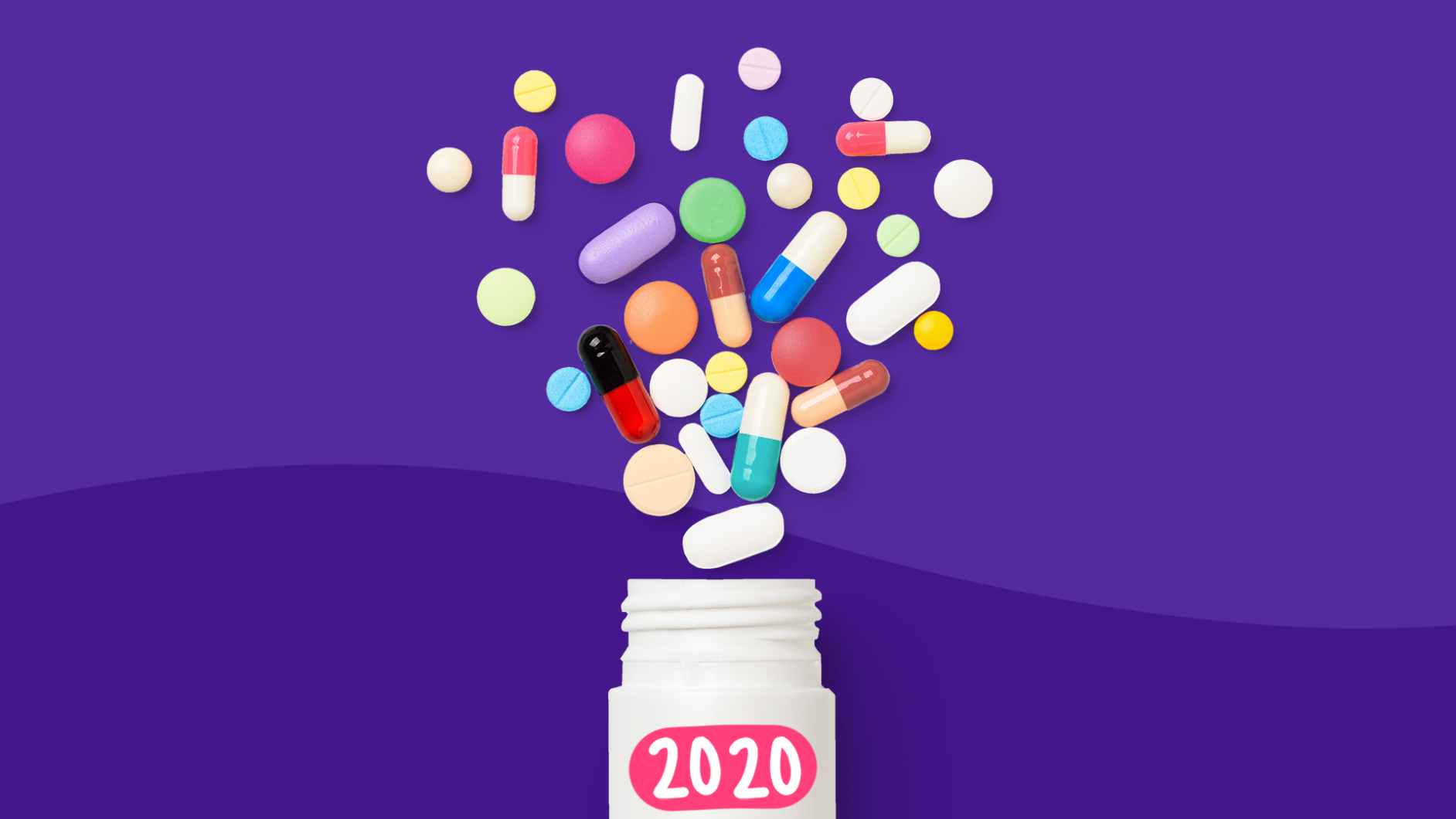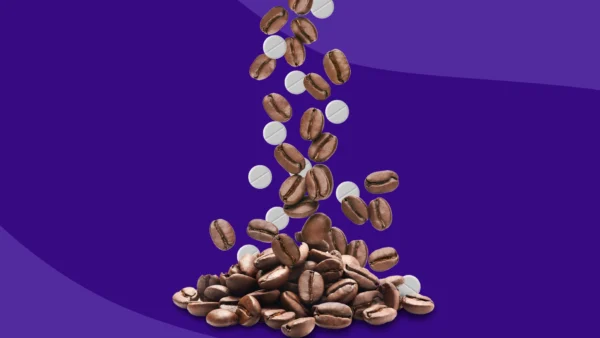Since 2010 the number of new drugs approved each year by the U.S. Food and Drug Administration (FDA) has increased dramatically, averaging more than 38 new approvals each year compared to previous averages closer to 21. This is great news for patients, as the availability of new drugs and biological products usually means more treatment options for the people who need them most.
Of the new drugs approved each year, some are innovative products that have never been used before, while others are related to (if not the same as) other drugs already available and will compete in the marketplace. The latter are usually newly available thanks to the expiration of patents, allowing for more options and generic versions of the medication to be sold commercially.
How are drugs approved by the FDA?
The FDA’s Center for Drug Evaluation and Research (CDER) is responsible for approving and evaluating new drugs before they are available to the public. According to the FDA, the CDER ensures that both brand-name and generic drugs “work correctly, and that their health benefits outweigh their own risks.”
The process pharmaceutical companies must go through in order to achieve FDA approval, and in turn start selling their drugs, is long and structured. It can take up to two and a half years for the FDA to approve a new drug, which is on top of the years researchers take to develop the drug and run clinical trials. In some cases, such as for therapies that treat life-threatening diseases, the FDA will expedite the process through Accelerated Approval.
There are essentially three stages to the FDA approval process.
1. Analysis of the target condition and available treatments
The FDA analyzes the illness or condition that the drug or product is intended to treat. In doing so, it also evaluates the current treatment landscape of the condition to effectively weigh the drug’s potential benefits and risks.
2. Assessments of benefits and risks from clinical data
In most circumstances, drug makers have to submit results of at least two clinical trials. The FDA uses this data to evaluate the risks and benefits of the drug.
3. Strategies for managing risks
As all drugs have risks, it is essential that drugmakers have a plan to manage them. This can include an FDA-approved drug label that clearly details all risks and benefits, as well as how to mitigate them, but can also extend to more in-depth and comprehensive strategies.
What happens when the FDA approves a drug?
If a drug is successfully approved for sale by the FDA, the time it takes to hit the market and become available to patients can vary significantly. Often it comes down to how quickly a company can create and prepare all the necessary marketing materials, including packaging, educational, and promotional materials that all pass regulatory approval.
Depending on the specific drug—for example, a generic can usually go to market much faster than a brand new, innovative drug—and resources of the drug company, some drugs are available for purchase within weeks of approval, while others require months or longer.
New drugs for 2020
With all that in mind, it’s no small feat that a number of new drugs will be available to patients in 2020. Some, of course, we don’t know of yet, as they will be approved and ready for sale over the next 12 months. This is a list of five of the new drugs the FDA approved in 2019 that are being prepared for availability in 2020.
Oxbryta (voxelotor)
This new drug is used to treat sickle cell anemia, a life-threatening, inherited blood disease that deforms red blood cells. The sickle shaped cells prevent oxygen from being transported effectively throughout the body. Oxbryta works by inhibiting the central abnormality in sickle cells, which can lead to a much needed increase in hemoglobin levels.
Oxbryta is an example of a drug that was granted Accelerated Approval on November 25, 2019. It took only two weeks for the drug to come to market. As of December 2019, it is available for use in patients over 12 years of age with sickle cell anemia. It will be made more readily available with increased distribution throughout 2020.
Taken once daily as an oral tablet, Oxbryta’s list price is $10,417 per month. It’s considered a breakthrough drug for the disease, as it treats the root cause of sickle cell anemia rather than just managing symptoms.
Brukinsa (zanubrutinib)
Another drug that was granted expedited approval by the FDA in November 2019 was Brukinsa, a drug used to treat adult patients with mantle cell lymphoma. Patients, however, must have tried at least one other therapy before transitioning to Brukinsa.
Drugmaker BeiGene USA received the FDA approval for Brukinsa and will compete with other medications including first-to-market Imbruvica.
Currently priced at $12,935 for a 30-day supply, Brukinsa can be taken daily or twice daily. The medication is currently undergoing further clinical trials in an attempt to gain second approval as a treatment for chronic lymphocytic leukemia. BeiGene recently released data which shows promise.
Roflumilast
Roflumilast is the generic version of Daliresp and is likely to become available in 2020. The drug is used to treat patients with severe chronic obstructive pulmonary disease (COPD).
Generally, it’s great news for consumers when a generic becomes available, as a generic can lower the cost of medication by up to 85%. But, although the manufacturer (Breckenridge Pharmaceutical, Inc) received FDA approval, there is no guarantee when it will become commercially available, due to drug exclusivity and patents.
Other drugs sometimes used to treat COPD include bronchodilators like Xopenex, corticosteroids such as Flovent, and combination drugs like Symbicort.
RELATED: Are generic drugs as good as brand-name medicines?
Combined cabotegravir and rilpivirine
In early 2019, ViiV Healthcare applied for approval of their monthly injectable, two-drug regimen to treat patients with HIV-1 infection. This is designed to compete with standard three-drug regimens currently used to treat HIV-1 infections. The monthly injection formulation is considered a much more convenient treatment option for eligible patients, compared to taking a pill daily.
In good news for HIV patients, according to Fortune, “Viiv hopes that the treatment will be approved by the Food and Drug Administration by early next year.” Once approved, the combination drug will be given a brand name.
RELATED: FDA approves Biktarvy for use in HIV regimens
Rybelsus (semaglutide)
Rybelsus is a new drug from Novo Nordisk, one of the world’s leading diabetes-focused pharmaceutical companies. The new medication was given FDA approval to treat adults with type 2 diabetes in September 2019, and became available commercially in December. As manufacturing of the drug transitions from Denmark to the U.S. in 2020, and doctors learn more about its benefits, the drug will likely become widely available.
When available, it will be offered as a once-daily tablet in 3 mg, 7 mg, and 14 mg doses and is the only glucagon-like peptide-1 (GLP-1) receptor agonist in pill form. The active ingredient, semaglutide, is already available in an injectable form.
Novo Nordisk is currently working with insurers to keep out-of-pocket costs for insured patients to $10 per month; however, there are reports that it could cost patients up to $772.43 for a 30-day supply.
RELATED: Diabetes medications and treatments
Although this is only a snapshot of the new medications that may become commercially available in 2020, it shows exciting things to come—much needed, advanced treatments becoming more readily available. From new, innovative products, to more affordable generics, and convenient treatment alternatives, be sure to check in with your doctor during 2020 in case new medications relevant to your needs become available.











